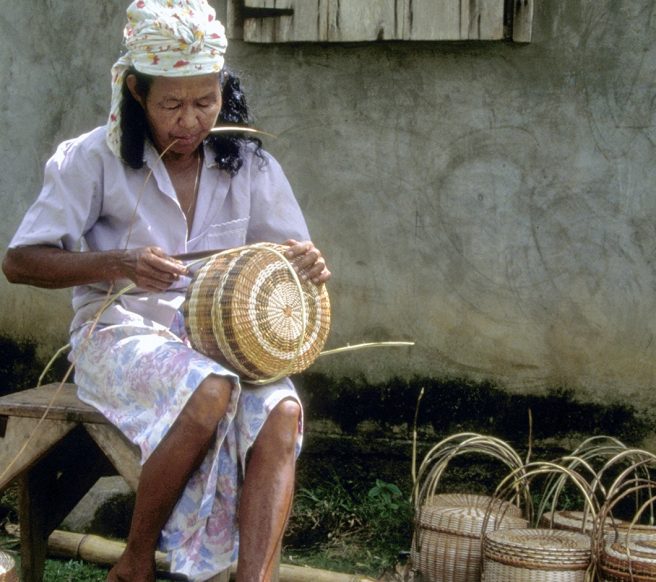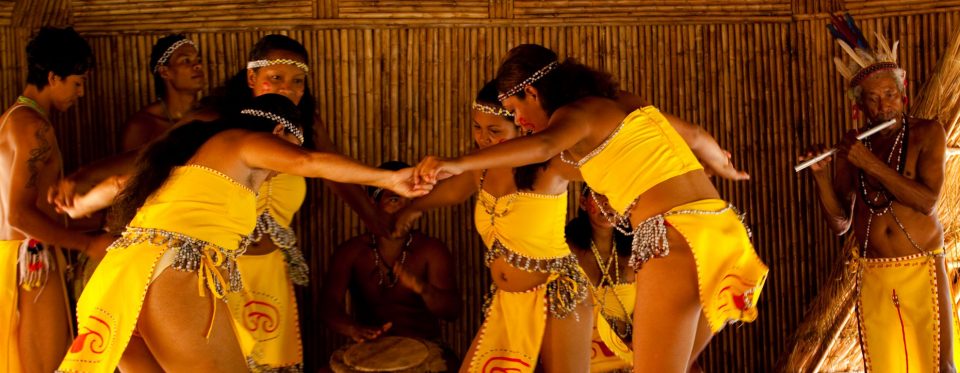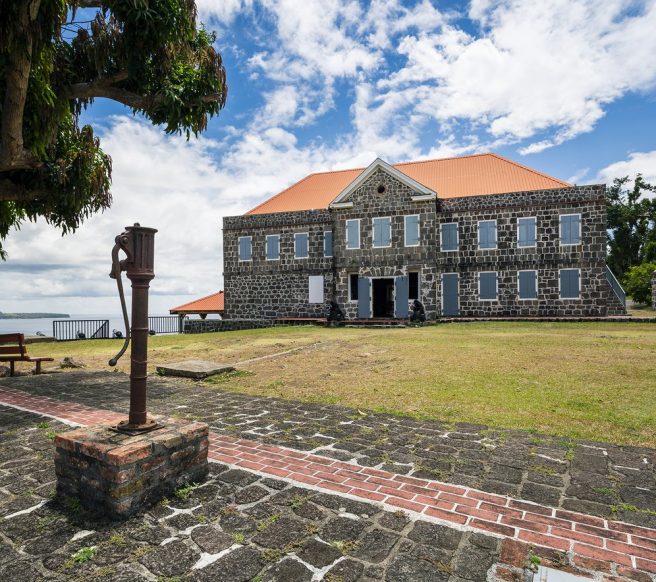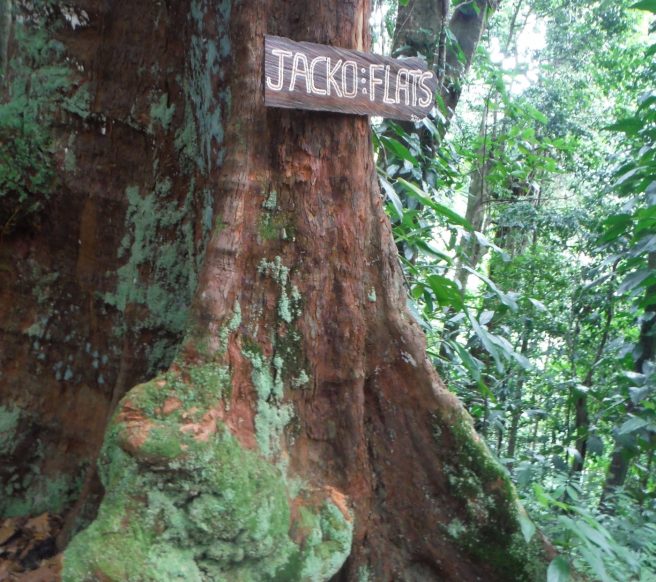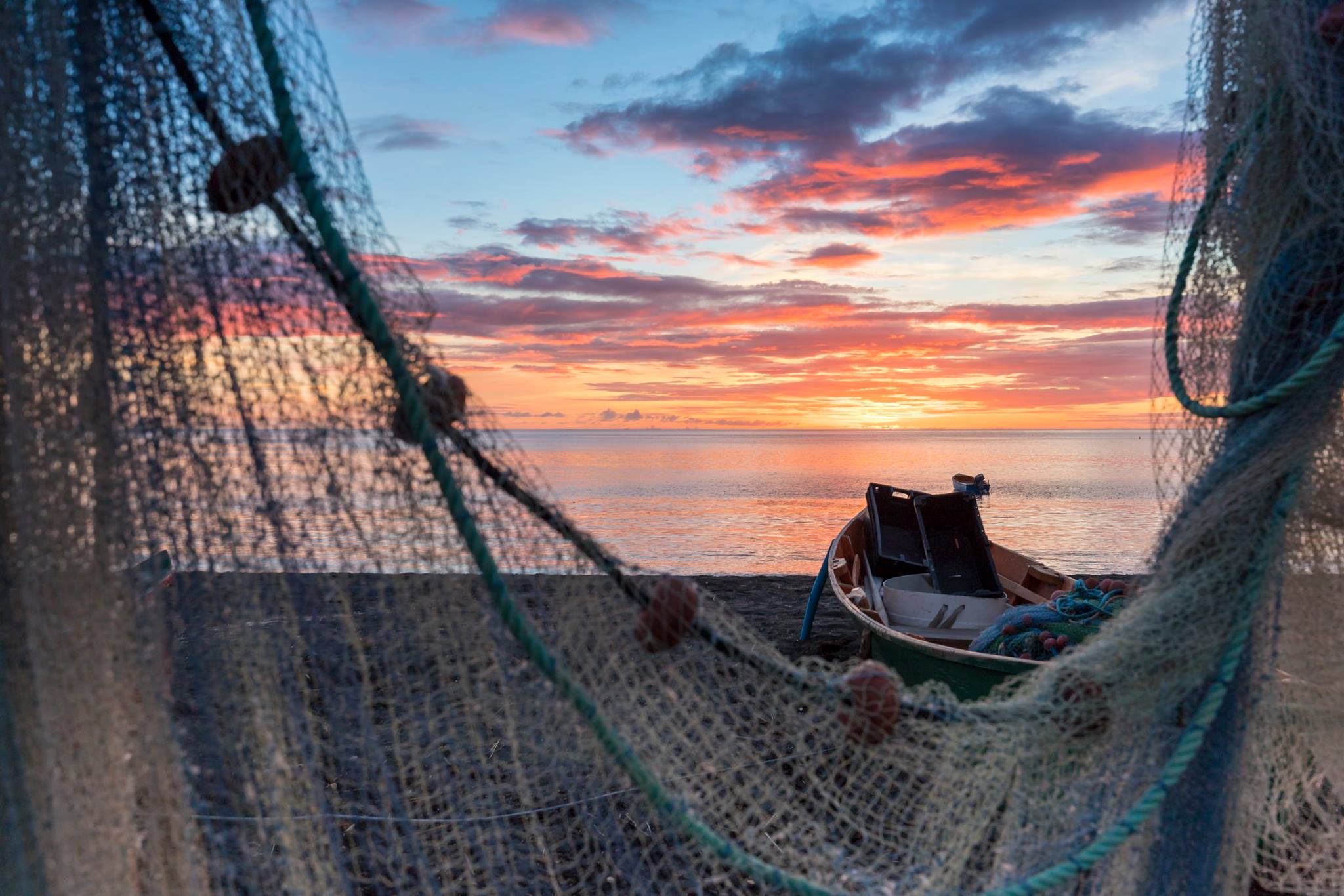Kalinago Territory
Dominica’s Kalinago Territory is unique in the Caribbean. It is the only place where descendants of the region’s indigenous Amerindian people – the Kalinago – still live in a domain that is theirs.
Only Kalinago people are permitted to live in the Territory, which is administered by a Kalinago Chief and a Kalinago Council.
The Kalinago are extremely proud of their Amerindian roots and cultural heritage and make huge efforts to keep the spirit of their ancestry alive.
Visitors to the Kalinago Barana Auté in the village of Crayfish River can see traditional thatched buildings (called karbets and ajoupas) and examples of heritage crafts such as basket weaving, cassava bread making, and canoe building.
